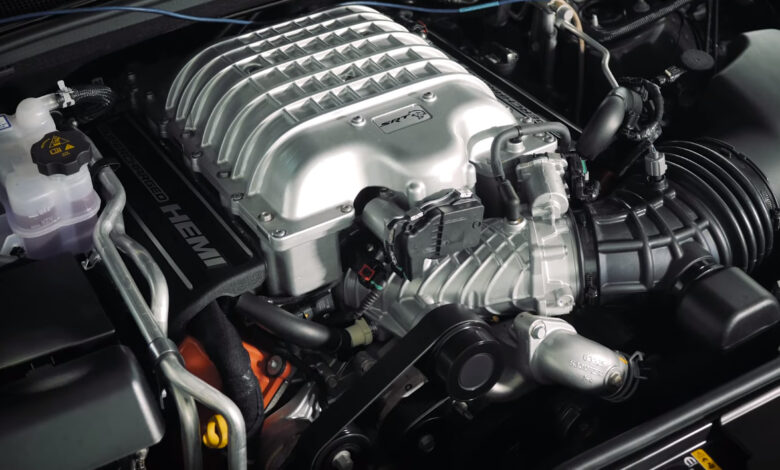
The Dodge//SRT brand is known as the American performance brand thanks to its value-based high-performance V8 muscle cars and SUVs. Vehicles like the 797 horsepower Dodge Charger SRT Hellcat Redeye Widebody, 717 horsepower Dodge Challenger SRT Hellcat, and the 470 horsepower Dodge Durango SRT392, have become staples to draw people to the brand. But with the age of electrification upon us, the HEMI V8 muscle car and SUV era might be coming to an end.
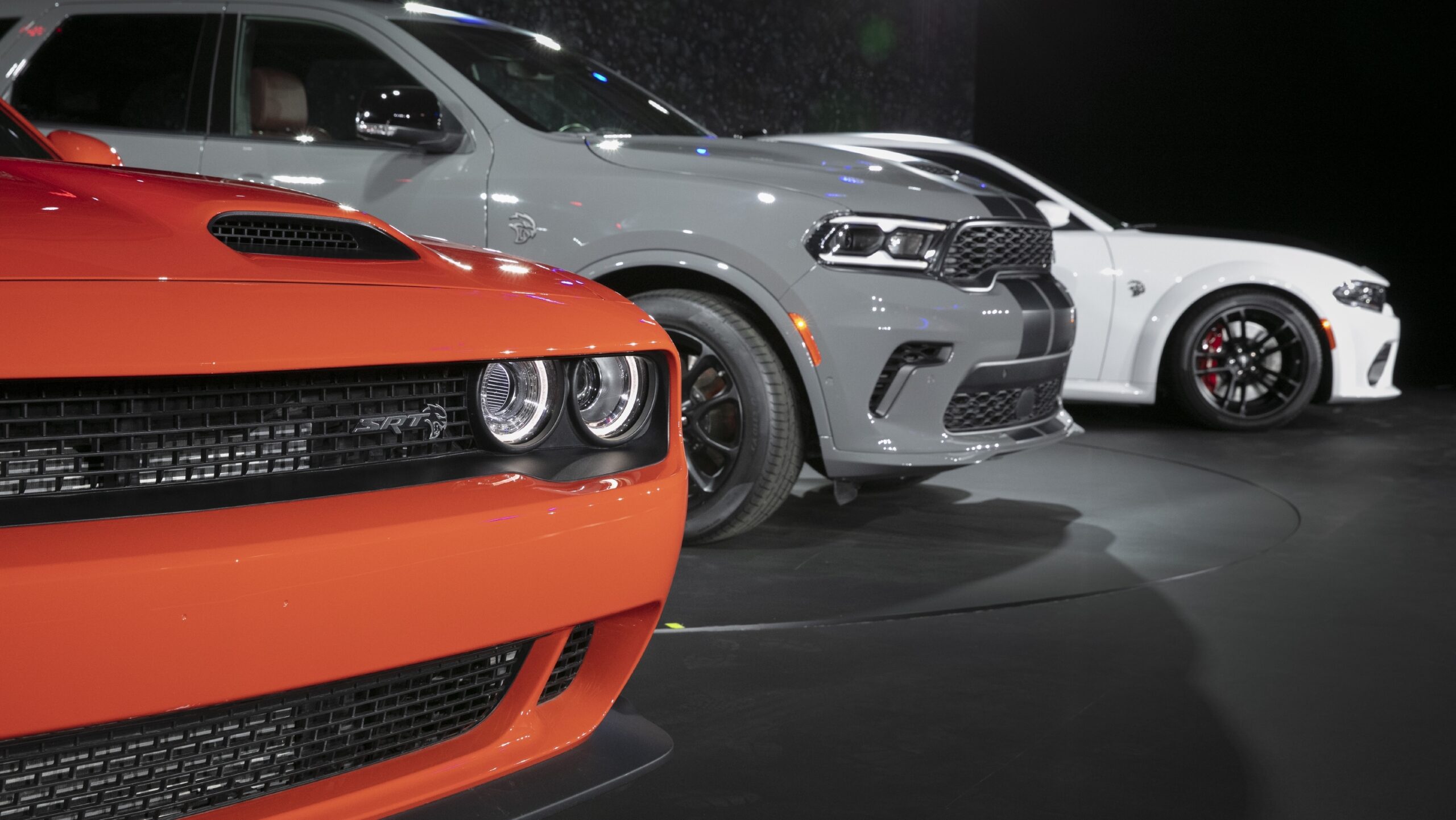
In a recent interview with Muscle Cars & Trucks, Dodge Head of Sales Operations, Matt McAlear, explained: “There hasn’t been a date drawn in the sand saying you’ll no longer be able to buy an iron block HEMI anymore, but everybody knows it’s coming and they want to enjoy [it] while they can.”
“Everybody knows electrification is coming, we’ll reinvent the muscle car as far as Dodge is concerned. I’m extremely excited about where the future is going, but right now everybody is enjoying the bachelor party. This is the last hurrah, said McAlear”
While the current Dodge Challenger and Dodge Charger will continue in production until late 2023, the next-generation cars will have the capability to feature internal combustion engines (ICE) with mild-hybrid electric (mHEV), plug-in electric (PHEV), and even battery electric (BEV) powertrains. Proving that internal combustion engines will still be around for some time.
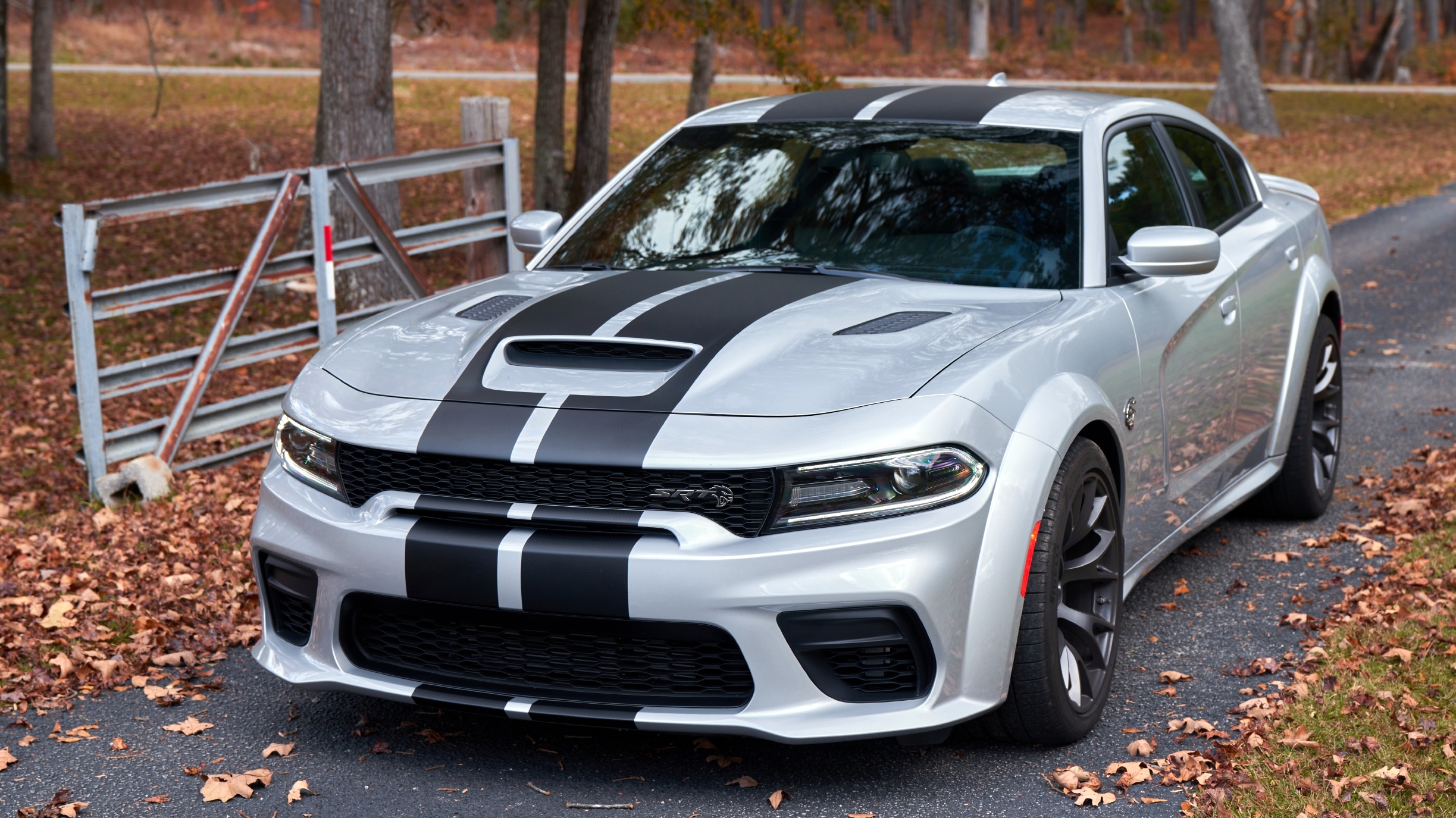
What you might see more of is a PHEV option for your favorite muscle cars over the next decade. The new 2021 Jeep Wrangler Unlimited 4xe is a great example of this system, as it allows the vehicle to integrate two electric motors and a 400-volt battery pack with a fuel-efficient, turbocharged, four-cylinder engine and TorqueFlite 8-speed automatic transmission. This configuration maximizes the efficiency of the hybrid propulsion components and mates them to a proven driveline.
How it works is fairly simple. The Wrangler’s 2.0-liter turbocharged I-4 engine (which is part of the Global Medium Engine family, and known as the GME-T4) is a high-tech, direct-injection engine that uses a twin-scroll, low-inertia turbocharger mounted directly to the cylinder head, along with a dedicated cooling circuit for the turbocharger, intake air and throttle body for exceptional responsiveness, performance, and fuel efficiency.
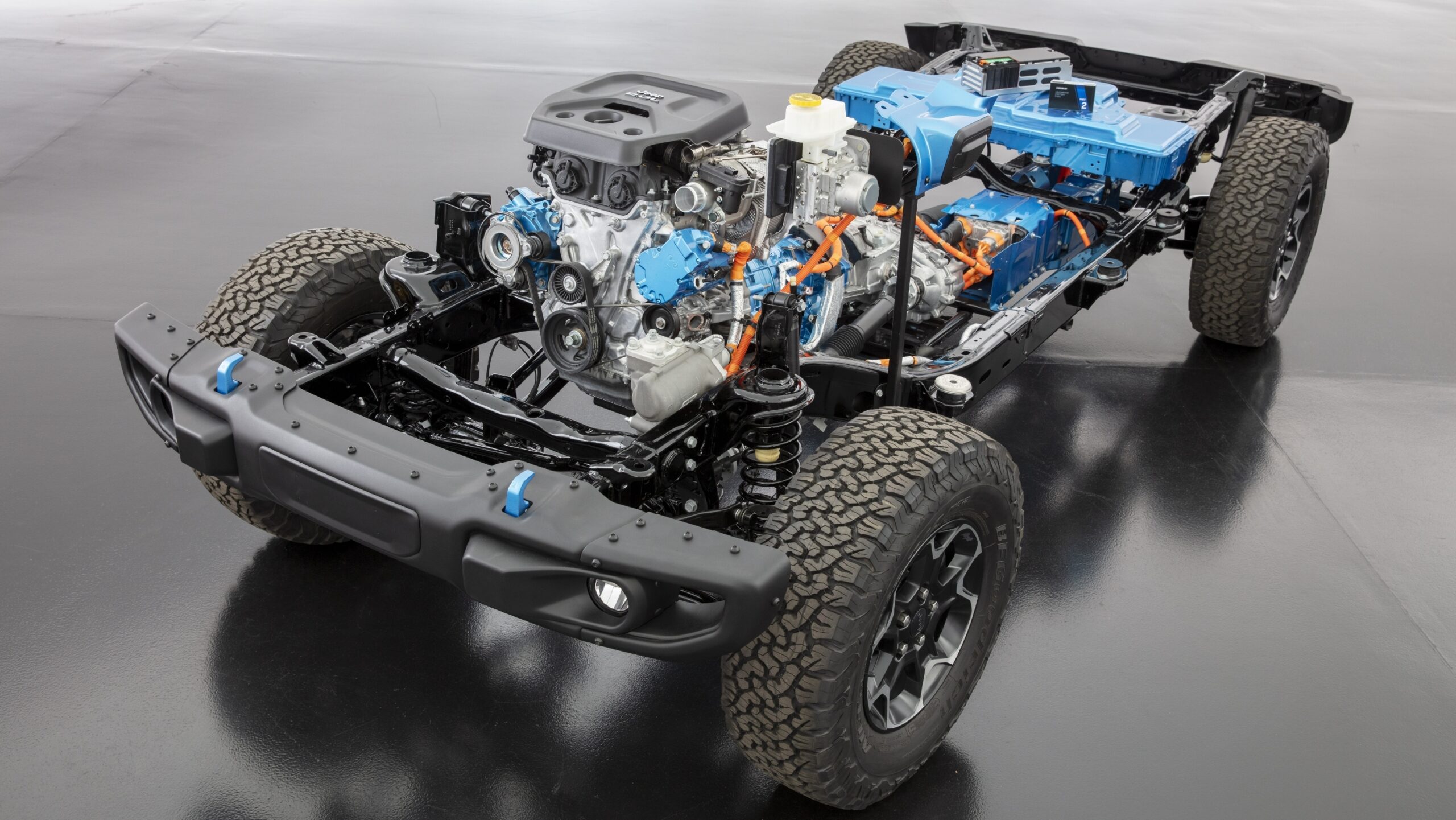
A high-voltage, liquid-cooled motor generator unit mounts at the front of the engine, replacing the conventional alternator. A robust belt connects the motor generator to the engine crankshaft pulley. The motor-generator spins the engine for nearly seamless, fuel-saving, start-stop operation and generates electricity for the battery pack. Instead of using a conventional 12-volt starter motor, the vehicle is equipped with a 12-volt battery to run accessories.
The second high-voltage motor-generator is mounted at the front of the transmission case, replacing the conventional torque converter of an automatic transmission. Two clutches work to manage power and torque from the e-motor and engine. A binary clutch (on/off) is mounted between the engine and the motor. When this clutch is open there is no mechanical linkage between the engine and the e-motor, which enables it to propel the vehicle in electric-only mode.
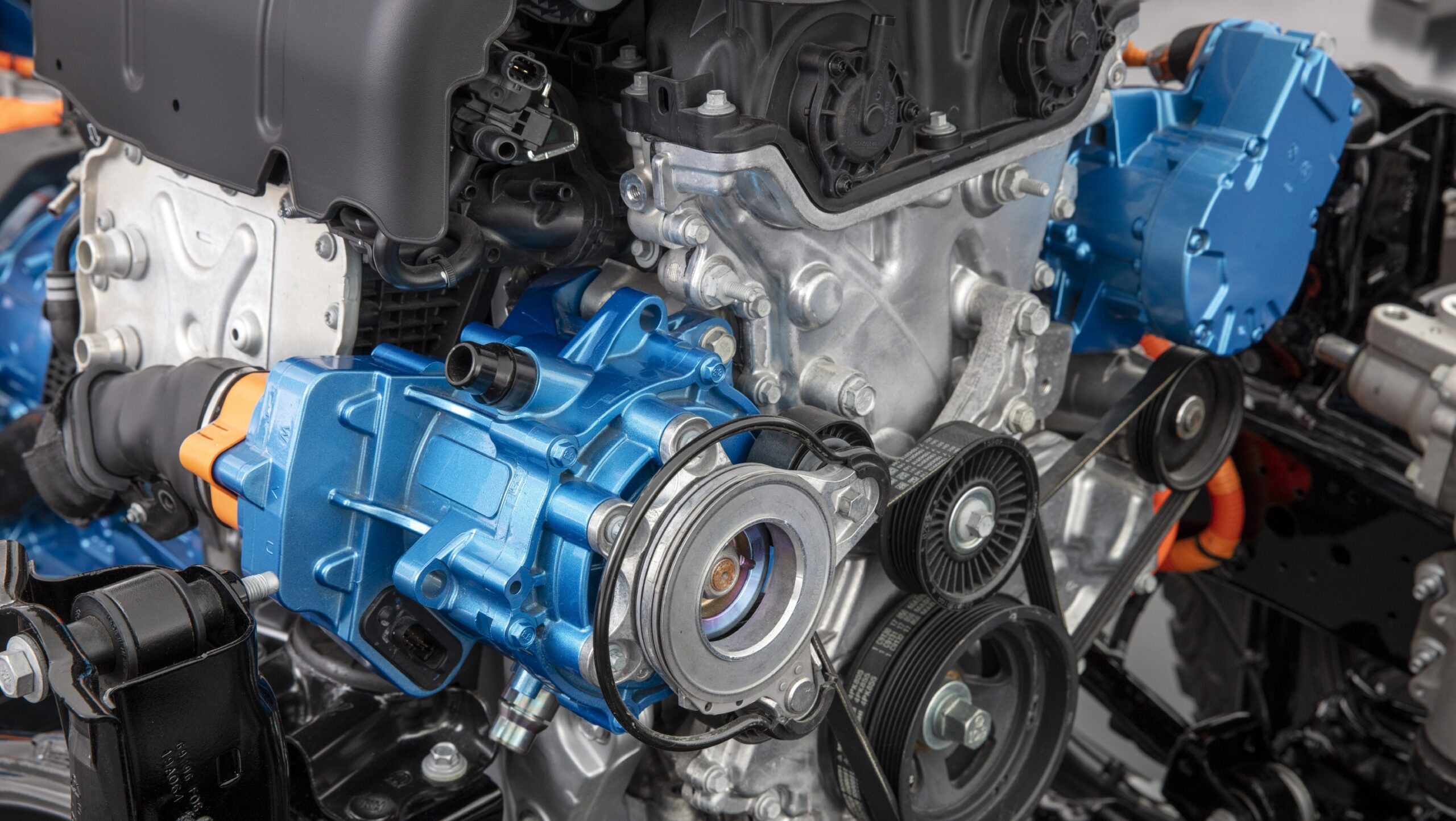
When the binary clutch is closed, torque from the engine and the e-motor flow combine through the automatic transmission. A variable clutch mounted behind the e-motor manages engagement with the transmission to improve drivability and efficiency.
According to our sources, a new turbocharged inline-six-cylinder engine (GME-T6) will be an integral step forward with replacing the HEMI V8 engines in a majority of the Dodge//SRT lineup. The new engine will have multiple levels of output depending on the application and should improve weight, reliability, and fuel efficiency over the HEMI V8 engines. Our sources tell us, we will see the first application of this engine in the upcoming Wagoneer and Grand Wagoneer 4xe models later this fall.
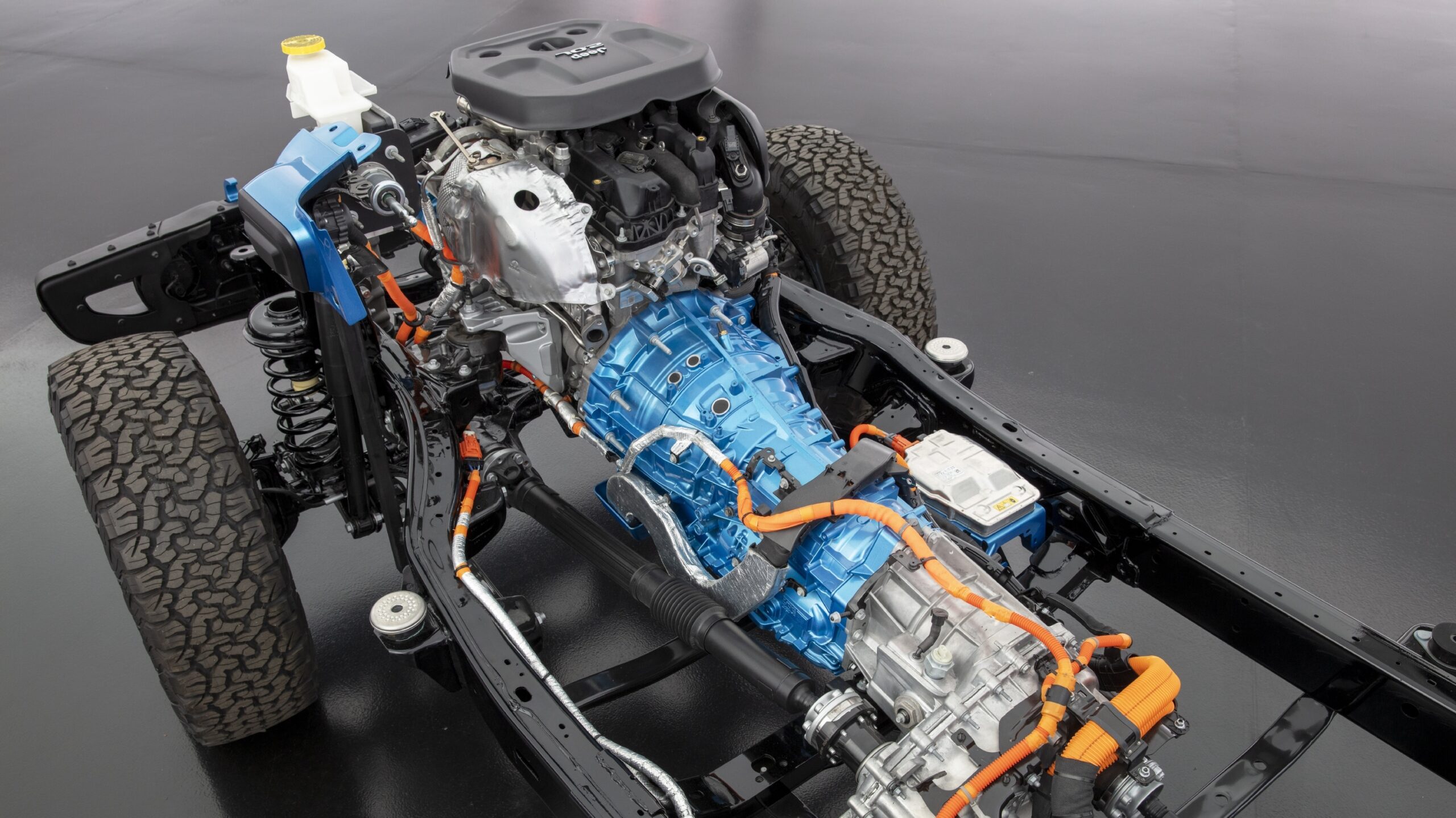
The new GME-T6 will use a similar application to the one in the Wrangler Unlimited 4xe and could show us a combined output somewhere near 525 horsepower with both the engine and e-motor. The GME-T4 and PHEV system in the Wrangler makes a combined output of 375 horsepower, so a 525 horsepower rating doesn’t seem that far-fetched.
The Wagoneer and Grand Wagoneer application could show us a good hint at what may be in store for the future generation Charger and Charger. Most importantly, it could show us an important look at the next-generation Dodge Durango which earlier sources indicated would become a body-on-frame SUV and be built alongside the Wagoneer and Grand Wagoneer.
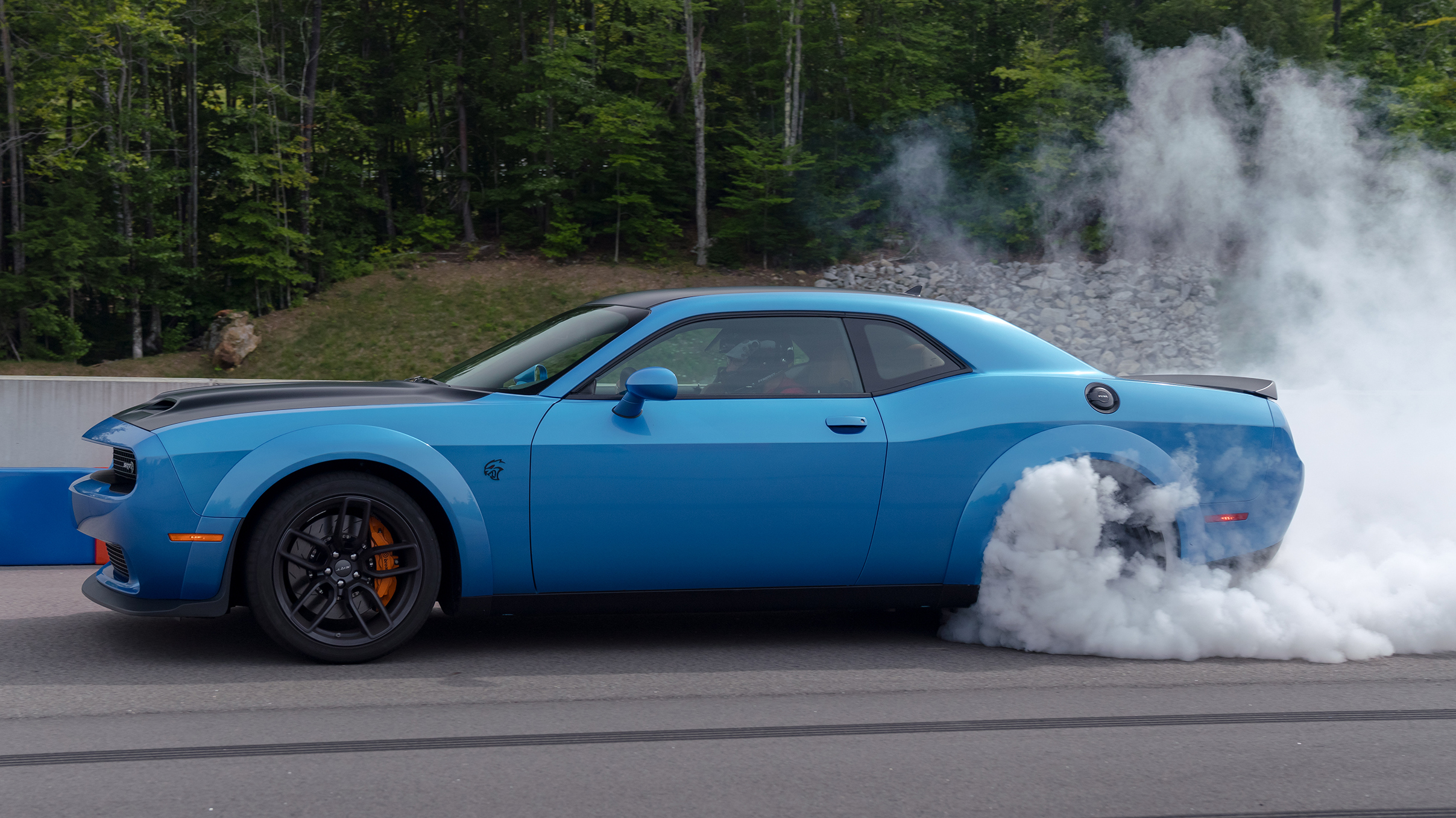
If the HEMI does return to the lineup for the next-generation of Charger and Challenger, we expect that will have the next-generation of Stellantis’ eTorque mild-hybrid system. Currently, the 5.7-liter HEMI V8 with eTorque combines the variable valve timing and Fuel Saver Technology (cylinder deactivation) that the HEMI has had since 2008, but the eTorque system replaces the traditional alternator on the engine with a belt-driven motor-generator unit that performs several functions. The motor-generator unit works with a 48-volt battery pack to enable quick and seamless start/stop function, short-duration torque addition to the engine crankshaft in certain driving situations, and brake energy regeneration, which improves responsiveness and efficiency.
With the engine running, eTorque’s motor-generator unit feeds a 48-volt current to a 430 watt-hour lithium-ion Nickel Manganese Cobalt (NMC)-Graphite battery. The battery pack includes a 3-kilowatt DC-to-DC converter to maintain the battery’s state of charge and convert 48 volts to 12 volts to power the vehicle’s accessories and charge its conventional 12-volt lead-acid battery.
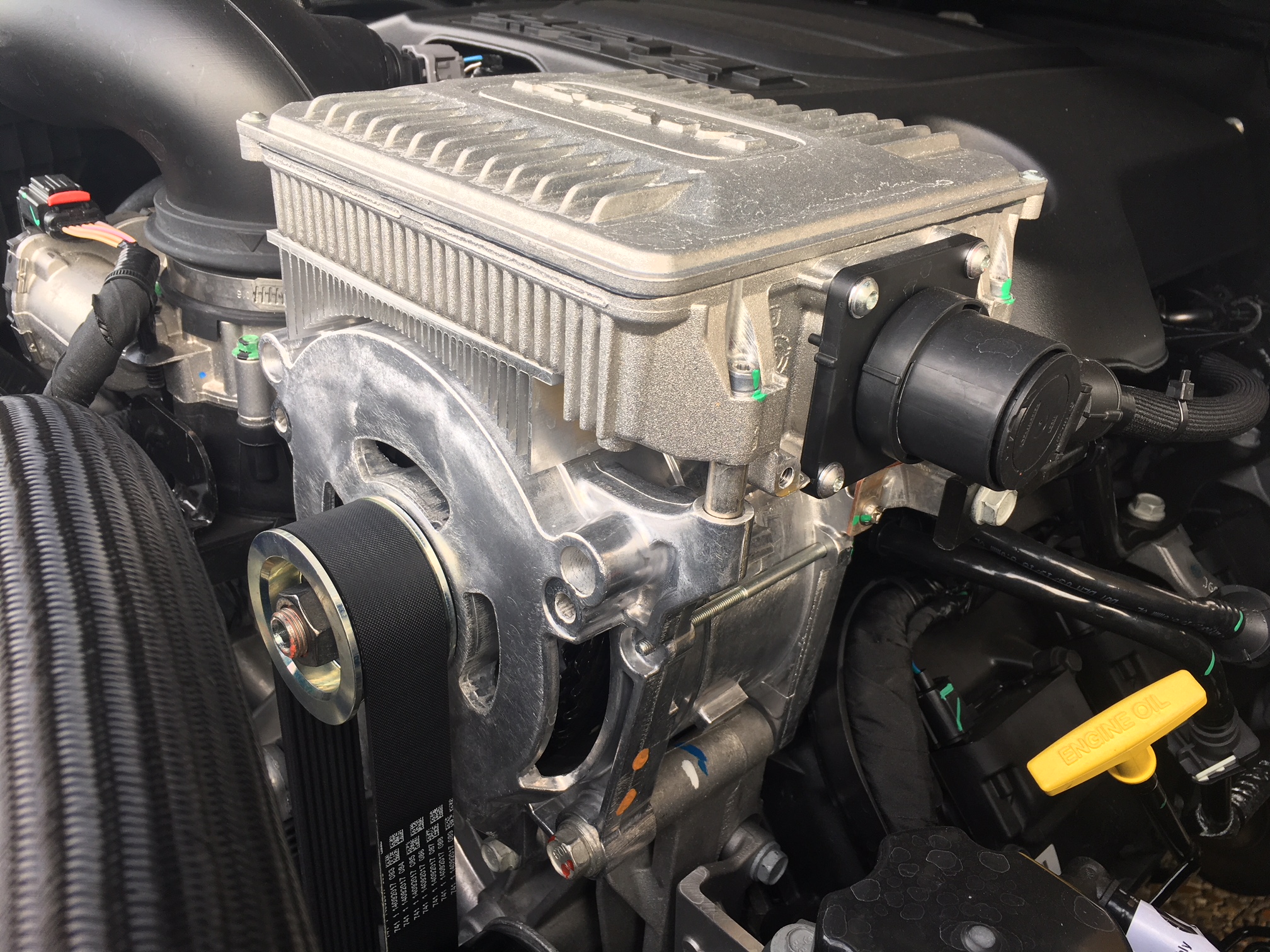
A small suitcase-sized, air-cooled battery pack mounts inside the vehicle’s cabin. The case is insulated to dampen noise from the dual cooling fans. Cooling air is drawn from inside the vehicle and vented via the built-in cabin exhausters. The current eTorque system retains a conventional 12-volt starter motor, used for cold starts and the first start of the day due to its greater efficiency in extreme temperatures.
In addition to spinning the engine for restarts, the eTorque system also recaptures energy during deceleration and braking to feed charge to the battery pack. eTorque also enhances the driving experience of the vehicle by adding torque to the crankshaft during gear changes to minimize noise, vibration, and harshness (NVH).

As for the lineup of supercharged 6.2-liter HEMI Hellcat V8 vehicles that the Dodge//SRT brand crank out, we expect those vehicles to end along with the current generation of cars. “The days of an iron block supercharged 6.2-liter V8 are numbered,” Dodge CEO, Tim Kuniskis said to CNBC during an interview back in January.
“The whole world is going to shift to electrification, right? We know this is coming,” Kuniskis said. “The whole world’s going get there and when it does, the price point of that technology is going to come down, and … the crazy people are going to take the electrification that has now become accessible from a price point and make that performance-based instead of economy-based.”

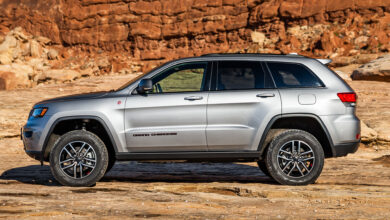
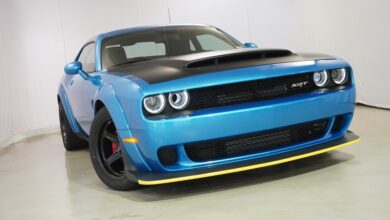
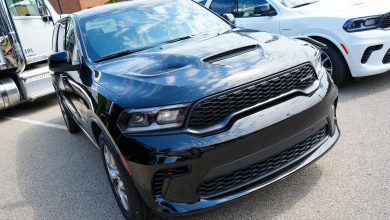
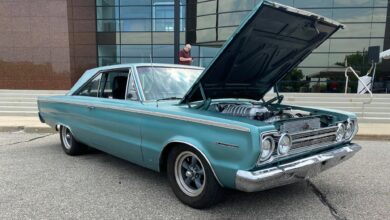

20 replies
Loading new replies...
Join the full discussion at the Mopar Insiders Forum →